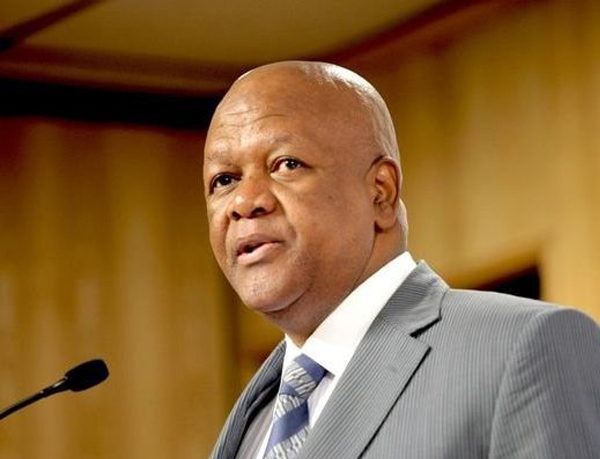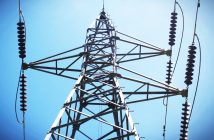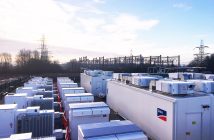- South Africa’s new integrated resource plan is set to be announced during the course of next week.
- New Energy Minister, Jeff Radebe has achieved more in his 6 weeks in office than the previous three appointed Ministers of Energy have achieved collectively in the past 4 years.
- The new Integrated Resource Plan (IRP) is expected to be balanced for all stakeholders.
Mr. Jeff Radebe has been very busy since taking his oath of office at the end of February 2018 as South Africa’s new Minister of Energy. He has taken charge of a completely new board at Eskom under the chair of ‘no-nonsense’ Jabu Mabusa, he has signed off on the 27 renewable energy projects sparking the program back to life and is about to provide clarity on the long-awaited integrated resource plan (IRP).
The new IRP is expected to be announced next week and includes all technologies with adjusted capacity allocations in line with contemporary challenges the country faces. The plan will provide a guide regarding energy production capacity allocation to each technology leading up to 2050.
The 2016 revised plan allocated 37 400 MW to wind between 2020 and 2050. Solar PV was allocated 17 600 MW for the same period. At the time these allocations were to be additional to the existing allocation of 13 GW of renewable energy by 2025 from the 2010 IRP. The allocations also limited wind to a maximum allocation of 1 600 MW per year while solar PV was allocated 790 MW.
The allocation for wind and solar is not expected to change much. There may be a stipulation that PV Solar Projects be wider spread geographically in line with addressing the broader social economic challenges the country faces. Up until now, the majority of solar PV plants have been constructed in the Northern Cape Region. There may also be a specification for utility-scale battery banks for both wind and solar PV to provide base-load demand.
Solar Concentrated Power was not included in the 2016 IRP update. At the time, there was a dispute between Eskom and the developers of the 100 MW Redstone CSP project in the Northern Cape. The dispute has since been resolved and the project has since been signed off. The technology, which provides for shifting base loads, is expected to get a capacity allocation this time around. Biomass and biogas allocation is expected to stay the same.
The big change the IRP is expected in the allocation of nuclear technology. 2016 revised IRP allocated 9,6 Gigawatts to nuclear technology. This was largely motivated by the Zuma lead government in courtship with the Kremlin. Zuma has since dramatically spilled out of the political system and along with him, the ANC governments’ appetite for nuclear technology.
A much smaller nuclear allocation is expected to be announced by Minister Radebe which could stipulate multiple smaller plants rather than a few large ones. There could also be a call for by-product production in the form of potable water and hydrogen from nuclear technology and stricter conditions regarding waste.
The allocation for coal will be in line with commissioning capacity of Kusile (4800Mw) and Medupi (4674Mw) power stations. It will also take into account the decommissioning of aging coal-fired power stations. Eskom is responsible for a whopping 44.5% of the national greenhouse gas emissions in South Africa.
The Paris Agreement, signed by Environmental Affairs Minister Edna Molewa in April 2016, commits Eskom to new plant minimum emissions standards for coal-fired power stations from 2020. Eskom faces stiff penalties and isolation from the international funding community if they do not comply. No announcement regarding a reduction in capacity allocation to coal is expected for now as it may trigger widespread protest and strike action from this sector.
The country can count on the extremely capable Minister Radebe to deliver a very balanced revised IRP. The Minister will make sure that all the boxes are ticked to prevent a backlash of court cases, protests and rollout delays in specific technology sectors. The country’s GDP is expected to ratchet up over the next three years. The country needs consistency in power supply to sustain this growth. With national elections in 2019, the ANC can ill afford not to deliver.
Author: Bryan Groenendaal











